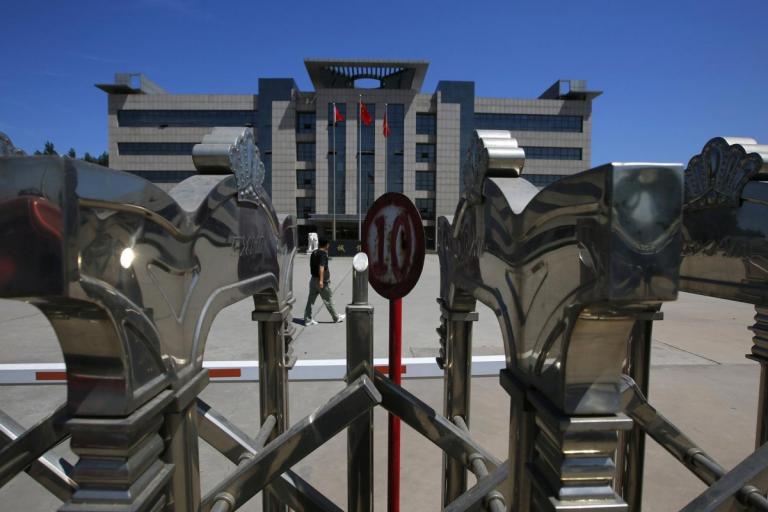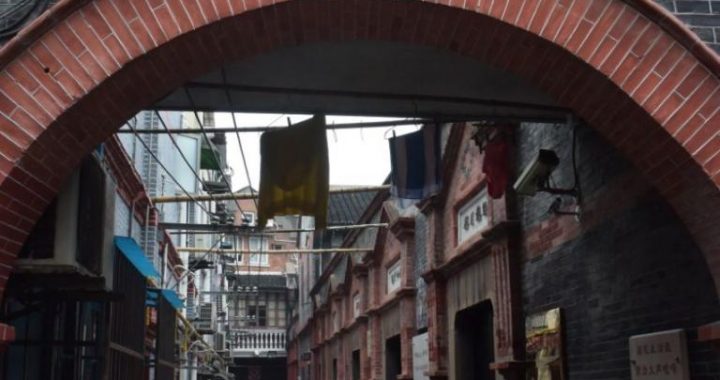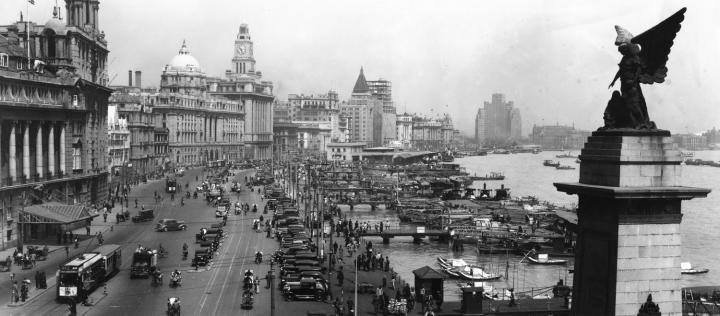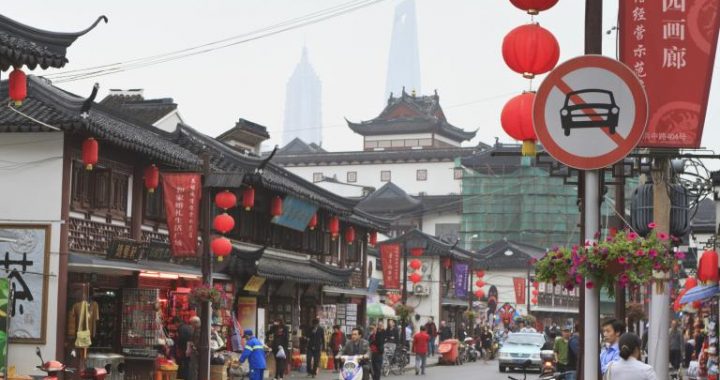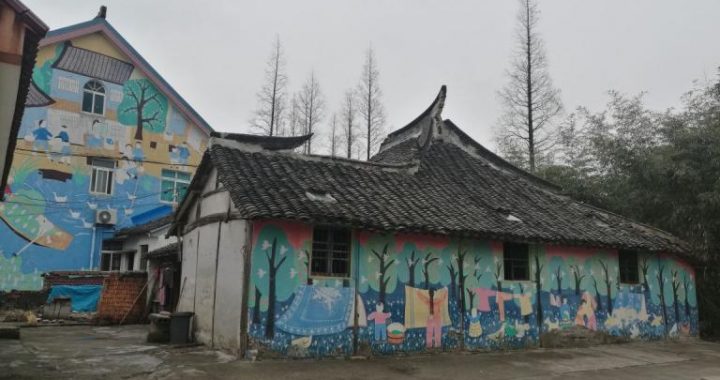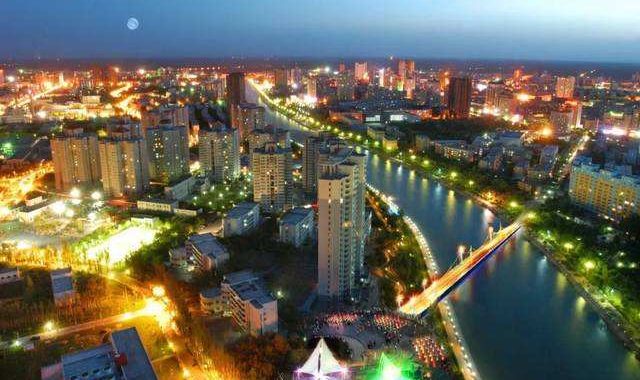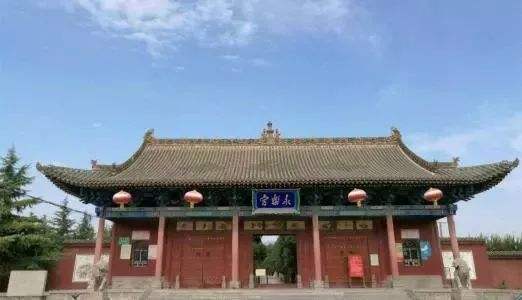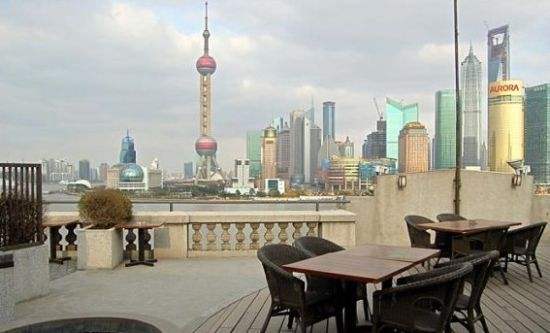Tangshan Power Plant
3 min readElectricity revolutionized production the way steam power did. Since British engineer J.D. Bishop lit up China’s first electric bulb with a steam-driven DC power generator in a warehouse in Zhapu Street, Hongkou, Public Concession in Shanghai, China’s power industry has experienced a stormy 130-year history.
With the arrival of electric power in 1884, DC electric lights appeared in Xishan Road, Tangshan, a cradle of Chinese industry. In 1906, the Kaiping Mining Bureau set up power generation plants in theTangshan Mine and Linxi Mine for underground lifting, drainage, ventilation and lighting, gradually replacing steam with electric power.
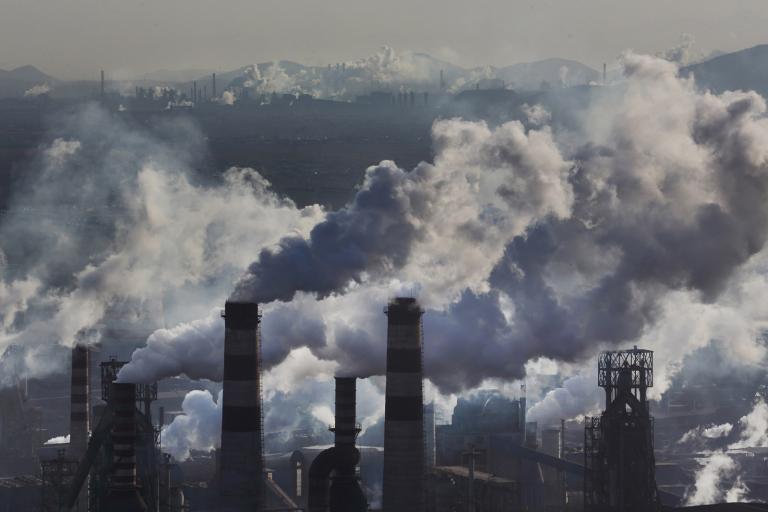
In 1914, Zhou uexi and some others raised funds and built the early Huaji Tangshan Power Plant Qixin Power Plant) to electrify the urban area with power sources in Kailuan.
From 1916, after mergers, expansion and equipment renovation, the Kailuan Central Power Plant with five power generation units was established. It gradually developed independent power generation and supply circuits and started power supplies by building a high voltage power transmission grid and power transformer stations. Meanwhile, modern industrial enterprises in Tangshan had set up their own power generation plants.
During the Anti-Japanese War, in order to loot economic resources in east Hebei province, Japanestablished the North China Electricity Company Tangshan Thermal Power Generation Station and started land requisitions to prepare to build a power plant at the foot of Dacheng Mountain(the site of Today’s Tangshan Power Plant). In November 1942,a 10,000 kw steam-driven power generation unit was installed. Two years later, another 15,000 kw unit was installed to transmit power to Tanggu through a 77 kv circuit, resulting in a preliminary Beijing-Tianjin-Tangshan power grid.
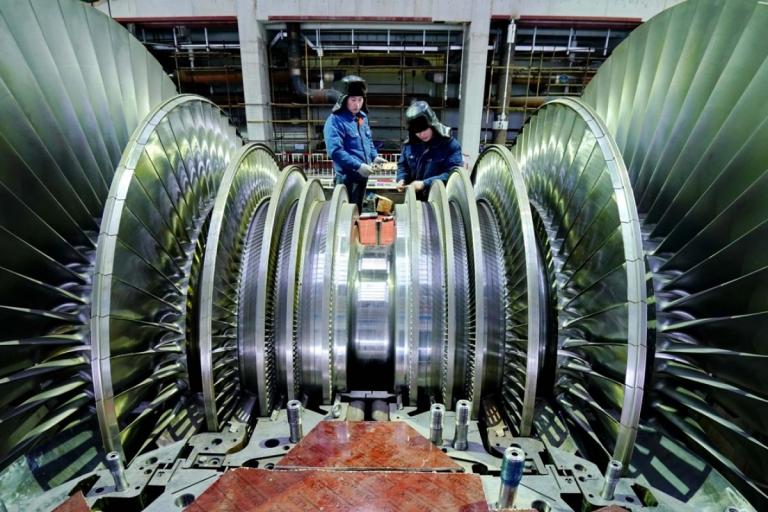
After Tangshan’s liberation in 1948, the power plant, after technical renovations and three expansions, reached an installed capacity of 300,000 kw and a power generation capacity 19 times higher than that at beginning of liberation in April 1976.
Since the 1973 construction of the Tangshan Douhe Power Plant, one of 22 national key projects, have been rolled out. When four power generation units installed in the first and second phase were put into operation in 1978, the plant had an installed capacity of 750,000 kw. Upon the completion of the third and fourth phase, its total installed capacity hit 1,5 50 mw, becoming a renowned large thermal power plant in China and making enormous contributions to the economic development in Beijing, Tianjin and Tangshan. Throughout the 38 years since its establishment, the Douhe Power Plant has insisted on safe production and maintained good safety and production standards.
In recent years, with the continuous effort in forging a resource-saving and environmental friendly enterprise, the plant has earnestly performed its social responsibility and constantly improved its ability in scientific and sustainable development. It strengthened its ash yard and sewage treat-
ment, added flue gas desulfurization renovations to the six units in service and met national standardfor desulfurization efficiency, effectively improving the atmosphere in the urban and peripheral areas of Tangshan.
On December 31,2008, two 125 mw units were shut down. In 2009, two 250 mw units were renovated to supply heat for the northern part and Kaiping District of Tangshan. The Tangshan North Suburb Thermoelectricity Plant(2×3 50 mw units) is under way.
The Douhe Power Plant was awarded the National May 1 Labor Certificate, National Culture and Ethics Promotion Pacemaker, Hebei Provincial Culture Organization for 14 consecutive years and the First-class Enterprise of Datang Group for six consecutive years.
